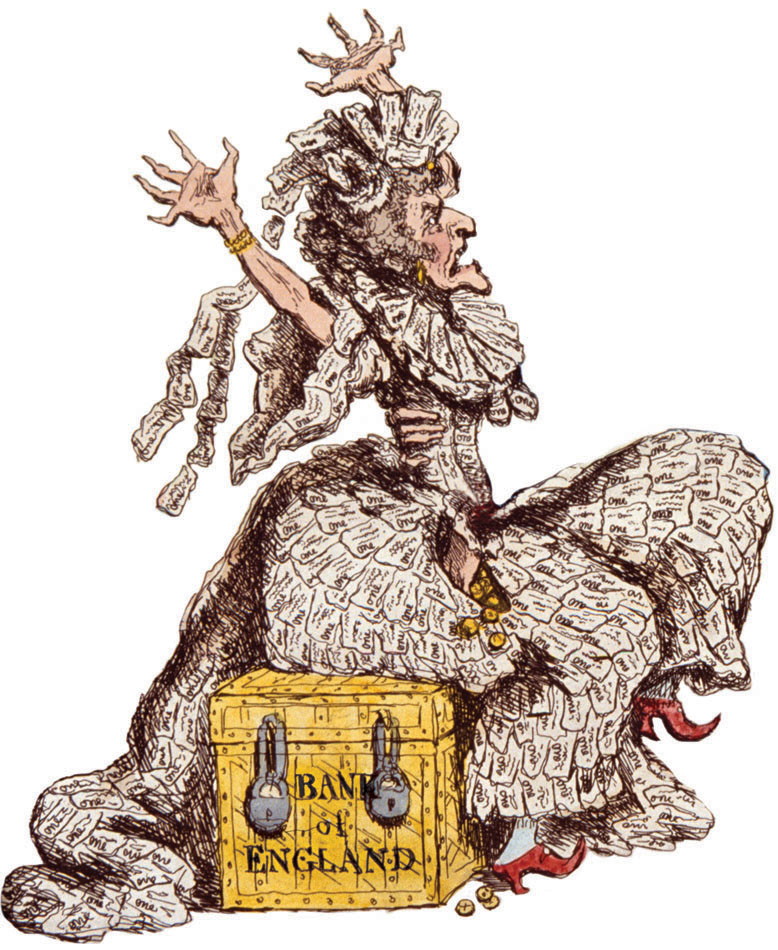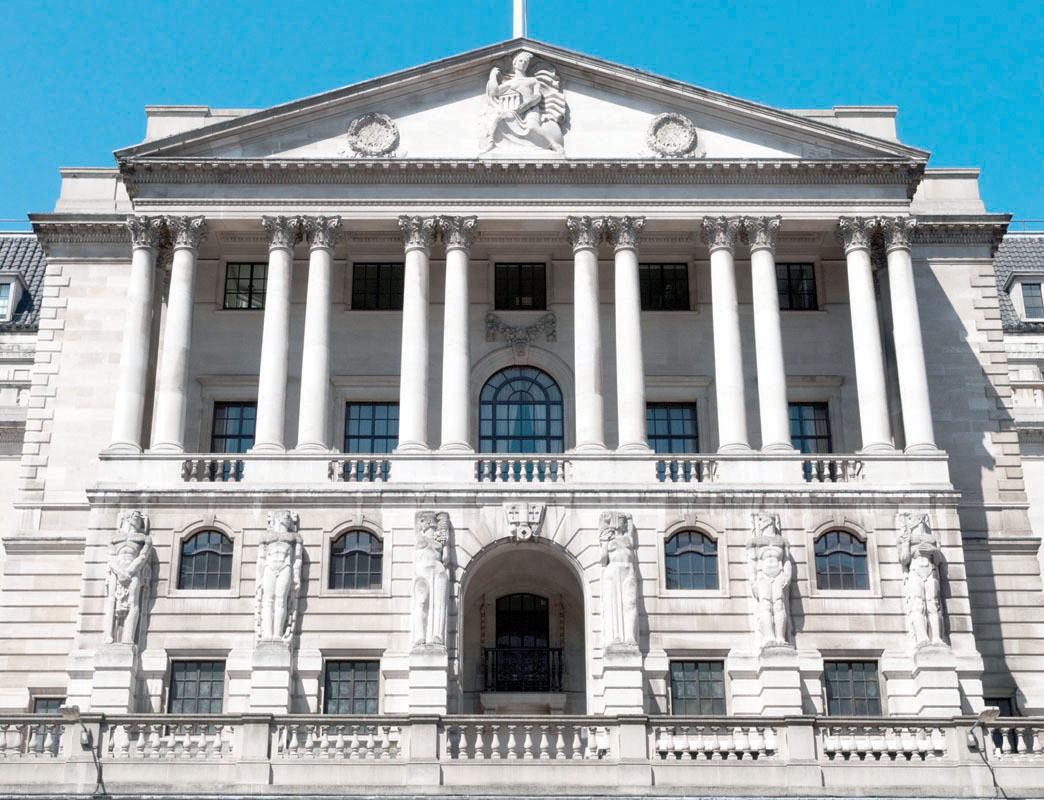Chapter Introduction
Unemployment and Inflation
What You Will Learn in this Chapter
- How unemployment is measured and how the unemployment rate is calculated

- The significance of the unemployment rate for the economy

- The relationship between the unemployment rate and economic growth

- The factors that determine the natural rate of unemployment

- The economic costs of inflation

- How inflation and deflation create winners and losers

- Why policy makers try to maintain a stable rate of inflation


A Very British Dilemma

THE BANK OF ENGLAND IS A venerable institution—so venerable that it makes the Federal Reserve, its American counterpart, look like a youthful upstart. The Old Lady of Threadneedle Street, as the Bank is sometimes known, has been managing Great Britain’s money supply for three centuries—pumping up the money supply when the economy needs a boost, putting on the brakes when inflation looms.
But in early 2011, it wasn’t at all clear what the Bank should do. British inflation was rising: in February 2011 consumer prices were 4.4 percent higher than they had been a year earlier, a rate of increase far above the Bank’s comfort level. At the same time, the British economy was still suffering the aftereffects of a severe recession, and unemployment, especially among young people, was disturbingly high. So should the Bank have focused on fighting inflation, or should it have kept trying to bring down unemployment?
Opinion was sharply divided. The Bank faced “a genuine problem of credibility,” declared Patrick Minford, a professor at Cardiff University, who urged the Bank to fight inflation by raising interest rates. The rise in inflation reflected temporary factors and would soon reverse course, countered Adam Posen, a member of the Bank’s Policy Committee, who argued that any tightening would risk putting Britain into a prolonged slump.
Whoever was right, the dispute highlighted the key concerns of macroeconomic policy. Unemployment and inflation are the two great evils of macroeconomics. So the two principal goals of macroeconomic policy are low unemployment and price stability, usually defined as a low but positive rate of inflation. Unfortunately, those goals sometimes appear to be in conflict with each other: economists often warn that policies intended to fight unemployment run the risk of increasing inflation; conversely, policies intended to bring down inflation can raise unemployment.
The nature of the trade-off between low unemployment and low inflation, along with the policy dilemma it creates, is a topic reserved for later chapters. This chapter provides an overview of the basic facts about unemployment and inflation: how they’re measured, how they affect consumers and firms, and how they change over time. 